
23 Jan The Soundtrack for Traveling South
The art of escaping is well known to every dreamer. Deserters, individualists and nonconformists are truly a unique breed of soul-searchers, unsatisfied with daily life banalities. To be able to leave everything behind and exit the comfort zone is a quality of those who devote their days to roaming and pursuing. Ahead, always ahead, rushing towards the unfamiliar and dreaming of coasts and Shangri Las, these people are bound to highways. Pilgrims of the kind, they are finding their temple wherever there’s a piece of mind, gentle smiles and soulful music. If you yourself are planning to engage in such a solitary pilgrimage, there are some sweet tunes that can guide you across the desert. With these ten albums, your road trip will be less lonely.
American Hearts – A. A. Bondy
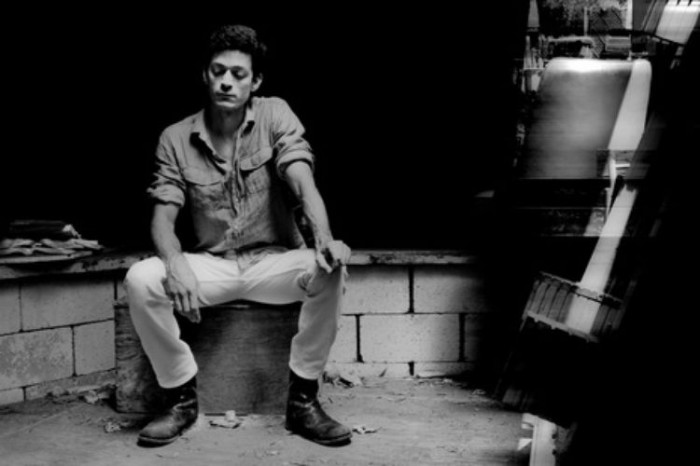
With a thought of a troubadour and a heart of a cowboy, A. A. Bondy is one melancholic companion. His American Hearts are a collection of drunken elegies and folk tunes. Acoustic, stripped-down and soft, with an unforgettable moan of harmonica, this album is a trip inward. Each song is a reflective miniature, and each verse simple and humanizing. Some of them (There’s a Reason) are odes to lonely travelers, like yourself, with traditional motifs like country bar pensiveness, jukebox nostalgia and laughing girls in summer dresses. Others (American Hearts) give away the tender sound of campfire music, and speak of, yet again, solitude and longing. Traditional songs of salvation (Rapture (Sweet Rapture), Vice Rag), with invocations to the Lord and themes of despair and death, blend bitter-sweetly with those of love (Lovers’ Waltz), written with modesty and warmth. With the occasional toast to the castaways and outlaws (Killed Myself When I Was Young) and some of Hank Williams’ honky-tonk tunes from the American Hearts are leaving the earthy aftertaste. The last one, Of the Sea, (if you don’t take it literally) is a final call to keep dreaming.
Thrills – Andrew Bird’s Bowl of Fire
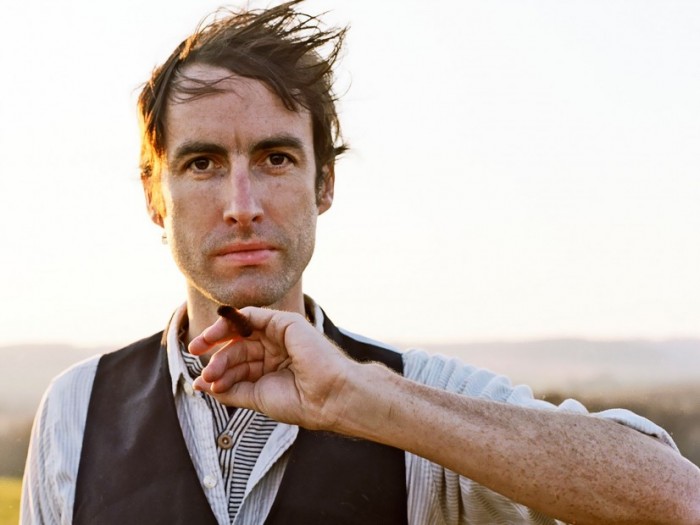
If you are packing your suitcase for New Orleans, then Thrills is your fellow traveler. A little bit odd, with glorious mood swings, this record is the eccentric album of sepia postcards. The seductive jazz, the enthralling swing and sweltering folk all came together to form this homage to musical eclecticism. The production is precariously close to the gramophone sound, and lyrics tell the stories of lust, smoke and flirting. Dangerous and provocative at moments (50 Pieces), Thrills is absolutely dominated by Bird’s enchanting violin playing. Themes of love and loss are covered in grimy Pathetique, and painfully earnest A Woman’s Life and Love. Swedish Wedding March is a passionate, mournful instrumental ballad for those robbed of true love, while the folkish Some of These Days is the tipsy threnody for abandoned lovers. Oftentimes elevated and bright in its tone (Glass Figurine, Cock O’ the Walk), this vintage sounding album has some serous depths of madness. After waltzing with Mephisto and making love to a war concubine, Thrills is the utterly unconventional (to say the least) journey. And free willing Gris-Gris, with its hobo-like lunacy is a perfect theme for such travelers.
Cassadaga – Bright Eyes
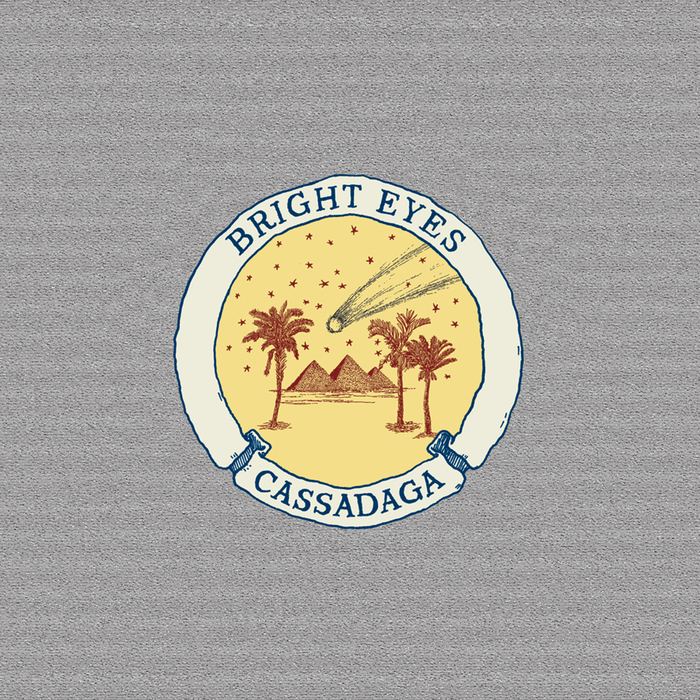
Overly analyzed and somewhat mystified, Cassadaga is in fact a universe of its own. As a lovechild of Mike Mogis’ brilliant production skills and Conor Oberst’s insane talent, this album is truly a sanctuary for lost souls. The titular toponym is actually a name for a town in Florida, known for its spiritualism-following community. As spirituality goes, the album is a manifest of various issues, both religious and political. But all of these facts are inessential. Once you enter the shrine of Oberst’s broken voice and poignant words, everything else collapses. Purpose, love and nostalgia are all sidetracks on an empty way, leading somewhere or anywhere. Not much introspection and meditation can be done without Cassadaga. It’s uplifting, all-pervading, and ultimately, bigger on the inside. The worlds of train hopping and Jack Londonesque vagabondage are held within, with some heavy thoughts on escapism and balanced universe (If the Brakeman Turns My Way). Make a Plan to Love Me is the organic and broody love song, and Coat Check Dream Song shares the same cosmic, resonant transcendence, while Cleanse Song and Classic Cars are painfully consoling and genuinely healing. What a ride through the Self.
Conor Oberst – Conor Oberst and the Mystic Valley Band
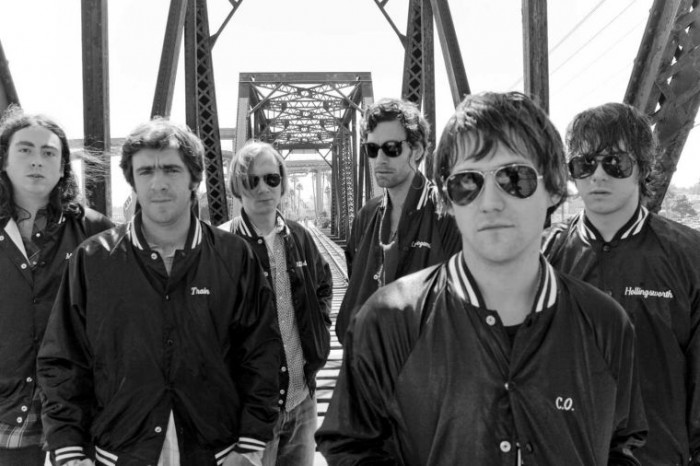
The grand departure of Conor Oberst that followed Bright Eyes’ Cassadaga in 2008 included one desert, a few tequilas too many and a pair of boots. Bootlegging experiences across the border, sun-soaking and, once again, contemplation, now appeared with more tranquility. Some familiar country themes elongated, but the overall zest is more intimate and calm. If you find the end of your road in some fisherman’s town or in a native village, Conor Oberst will be someone to share a late night smoke with. The stillness of time, leisureliness, and open sky are so vivid in Sausalito and Get-Well-Cards, that you will longingly wish for hot sand and a cane to chew. With There’s nothing that the road cannot heal chorus, Moab is the signature tune of vagabonds. Hermetic and visceral, Lenders in the Temple is the challenging riddle for every poetry encryptor. I Don’t Want to Die (In the Hospital) is a vigorous twist on Marianne Faithfull’s (or Rolling Stone’s, whichever you prefer) Sister Morphine. With some darker trips into depression and vice (Eagle on a Pole, Milk Thistle), Oberst’s firstborn is a rousing walk down the gravel lane, with the ocean at the end.
What Will We Be – Devendra Banhart
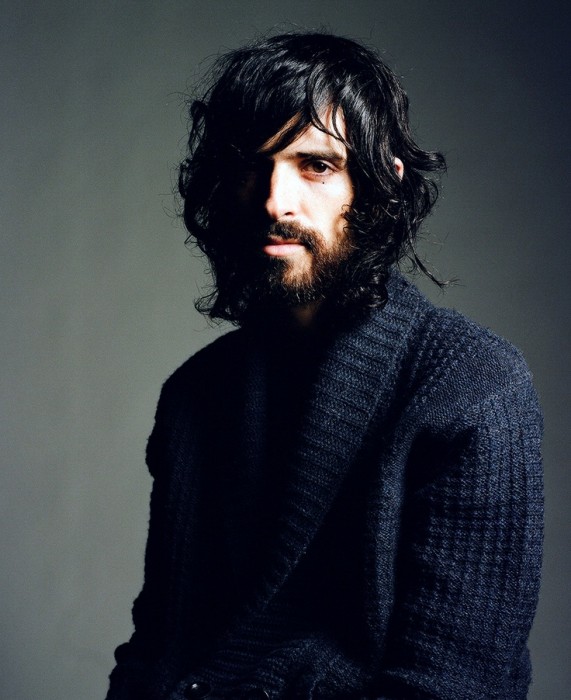
Whimsical and good natured to the utmost, Devendra Banhart is the true prince of the New Weird America school, and someone to dance around the beach bonfire with. Raised in the picturesque Venezuela and schooled in carefree San Francisco, the bard of hippy folk was predestined for the artistic prominence. However, What Will We Be is less shamanesque and more dreamlike. It’s not a crazy, bacchanalia trip as expected, but a delightful excursion into folkish, South-American grounds. Naturally, some cheerful drumming was bound to happen, with funky basslines and guitar strums to follow. The Lizard King’s influence is strong in some parts (Rats), but only to be dispersed into even stronger, laid-back, reminiscent hues (Chin Chin & Muck Muck). Angelika, Maria Lionza and dyad for a certain B. (First Song for B and Last Song for B) are continuing acts of the same play with love and spirituality in-wrought deeply. Gentle and otherwordly, What Will We Be is the ecstatic trip to the medicine man.
How It Ends – DeVotchKa

Some eccentric, dark locales that serve strong alcohol and gather stray cats hold a special place for DeVotchKa. Roming around from Eastern Europe to Guadalajara, this strange ensemble of instrumentalists, led by the Morrissey-resembling voice of Nick Urata, have graced them all with their striking presence. A dash of folk, a little bit of cabaret and some gypsy touch was enough to form their distinctive taste and push it to some far limits of complexity. The tender and afflictive notes of You Love Me And Charlotte Mittnacht (The Fabulous Destiny of…) only highlight the astonishing beauty of We’re Leaving, a toast to a never-ending array of heartaches and rambles. When the toast dissolves into the weeping Dearly Departed, the great odyssey bursts tragically, to be finally concluded in How It Ends’ certainty of solitary death. Still, most of the album’s songs are those of joyful delirium and hope. For pensive travelers in quest of meaning, they are a much needed map.
The Sea & the Rhythm – Iron & Wine

When understood, Sam Beam is the lyricist of the finest making. And when you find yourself in a forgotten Mexican village, with shimmering stars and silent nights, he can make the time spent there intoxicating. The songs of The Sea & the Rhythm are melodies of siestas, drawn curtains and air sticky with promises and intimacy. Slightly low-fi and coated with Beam’s luscious whisper, this five-track EP is dedicated to impassioned, Bonnie and Clyde-like travelers. Beneath the Balcony is a hallucinatory sketch of homeless and left behind, while Jesus the Mexican Boy creates a warm whiff of Carnival festivities. The Night Descends is a gloomy tune that lingers in the darker side of humanity, and the remaining two songs, well, they have to be lived. The Sea & the Rhythm, as well as the closing one, Someday the Waves, sways into the infinity. Overflowed with juices and steam, The Sea & the Rhythm is the Song of Songs for every forlorn lover.
Hold Time – M. Ward
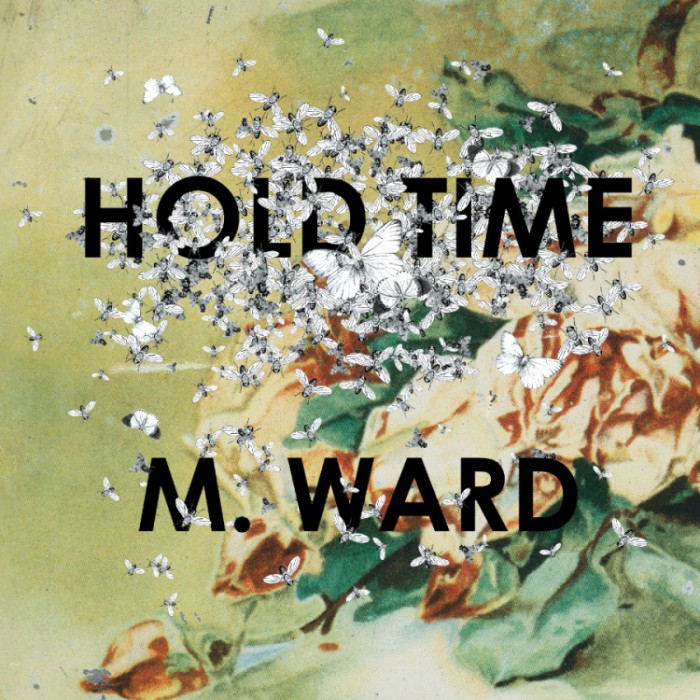
California bridges, with swaying palms and endless blueness beneath, cannot be crossed without Matthew Ward. Hold Time is exactly what its title suggests – frozen in the moment, endless summer. Breezy and colored with pale, luminous tones, this album is the ethereal ode to the evergreens. When you feel like closing your eyes and smiling to the untold magic of existence, this is how this album sounds. Bursting with possibilities of life, For Beginners is a keynote of the hopers. With a little help from the lovely Miss Deschanel, Never Had Nobody Like You and Rave On evoke long forgotten dances with Buddy Holly and Hank Williams. The ancient, everlasting principle of life, universe and everything is revealed in fleeting, but lucid One Hundred Millions Years, that continues in the grand, wistful William Blake inspired poem of death, Blake’s View. The most important, eponymous track of the collection is in its entirety that one moment of absolute greatness and delicate silence we share with our soul mates. Among others, the dusty railway station hymn, Shangri-La, is why no trip should be planned without Mister Ward.
Till the Sun Turns Black – Ray LaMontagne
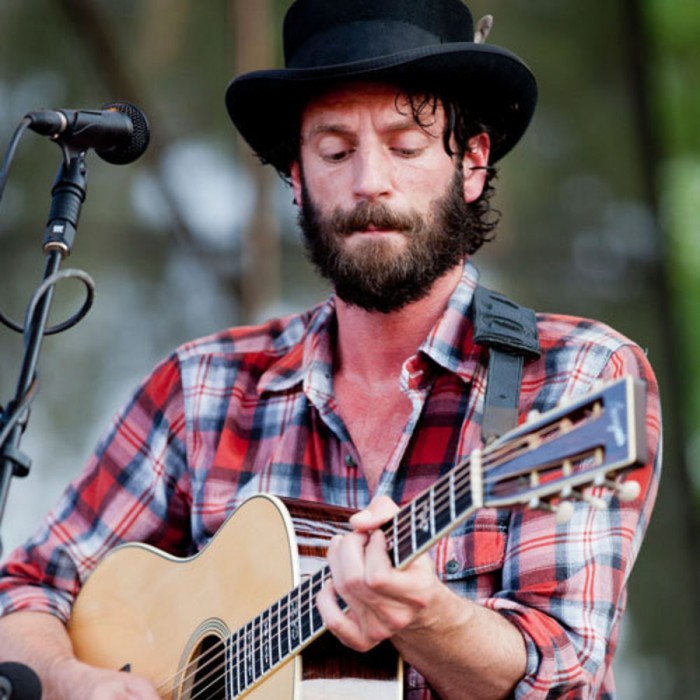
Quiet love making, cigarette smoke and muffled goodbyes were never more intense then on this album. Its subtle tension is well built from the ashes of one Tim Buckley on the road to the lonesome blues. Less country and more refined with jazz, and even funky tones, Till the Sun Turns Black is a dim flashback to the earlier southern sound. Fogy bass, violins and cellos fuse with a horn section and a flute, to reflect a downbeat, discreet ambience of basement bars. Intended for rolling stones, LaMontagne’s words are ones of consolation and nostalgia (Be Here Now, Within You). The perpetual blues of those who aimlessly drift from place to place, the emptiness and desolation are the leitmotifs of the lyrics, at the moments uplifted to somewhat encouraging notes (Three More Days, Barfly), but often kept low, in songs of remorse and heartbreak (Empty, Lesson Learned). In the wordless growl, most of the tracks are farewell songs, sung to those kind enough to provide a one night shelter, and who are, ultimately, left behind (Can I Stay). In the end, Till the Sun Turns Black is not the album for travelling as much as the one for departing.
Heartbreaker – Ryan Adams

With a smell of highway hotels and cheap wine, Heartbreaker is Ryan’s personal Blue Valentine. Enchanted with sad women and heavily inspired with childhood affection for Sylvia Plath, Ryan Adams has devoted his sentiments and ink to writing some very private and hauntingly beautiful verses. Damn, Sam (I Love a Woman that Rains) is of such well-aged sorts. Mostly drunk and sedated, the earnest songwriter kept it stripped-back but sublime, and reached some serious poetic heights of the genre. And the harmonica! Why Do They Leave? and Call Me On Your Way Back Home are, due to their mournful whine, touching, yet, convincing laments. With a guest appearance from the ever-mesmerizing Emmylou Harris, Oh My Sweet Carolina is another travelling gem. The irresistible Come Pick Me Up is the spree classic for every Americana lover. With its wrenching lyrics and captivating overtones that oscillate from sincere heartbreak to drunken sing-alongs, Heartbreaker is a train ride in the country’s finest company of Bob Dylan and Neil Young.

